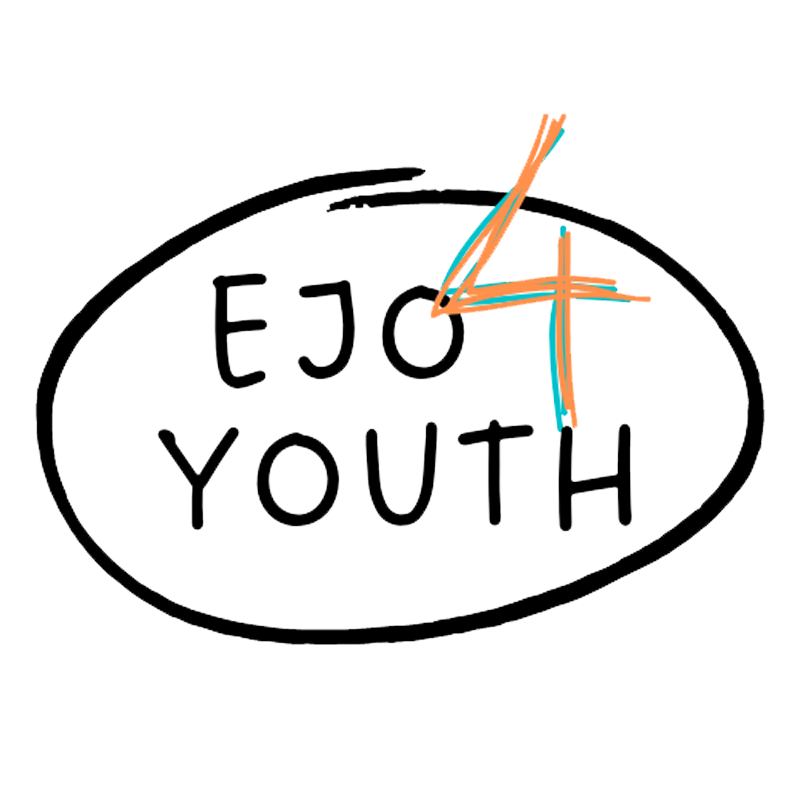SELF-LEARNING
Unit 6 – Exploration of Inner Images
This module focuses on the visions and ideas of how the world is made up and how to find one’s way around it. Our world is built from our life experiences and these experiences are located in the brain. Synapses are formed through experiences, resulting in, what we call, inner representations or inner images.
Inner images evoke memories and influence our reality. Pictures become glasses through which we perceive the world around us. Turning these inner images outwards helps young people to discover what is possible in the world, encouraging them to act and orientate action steps. These images help create new perspectives and strengthen young people’s ability to act.
Knowledge
Learners know how to
- explain the benefits of working with inner images.
- describe EJO4Youth methods and working with inner images based on memories and experiences.
Skills
Learners are able to
- apply practical methods to make visible their inner images to others in the EJO4Youth sessions.
- encourage the recognition of new perspectives and the creation of an action plan.
- motivate clients to implement the action steps, identified through the inner images.
Competences
Learners have the competence to
- carefully advise clients in their work with life orientation and help them utilise their resources and skills.
Inner Images
Inner images are the basis of one’s perception of the world and our reality. By turning these images into external presentations, we discover more possibilities and new perspectives to the world around us. Dominant images not only reflect reality, they can also create a new reality. We see the world in a different light and perceive new possibilities regarding one’s identity and environment.
Visualising these inner images supports the clients in visualizing their own internal views and thoughts and becoming aware of them. They can process these images that are based on experiences and memories and develop an action plan with specific steps to create a new reality.
The materials to be used should be prepared and readily available. The materials of this unit represent different meanings and symbolize various emotions. In the following the meanings of the materials will be explained in greater detail. These meanings are just examples and can be extended or changed by the clients, if they have different associations with a material.
Thorns (barbed wire)
Symbolizes unpleasant feelings such as fear, guilt, grief, etc.
Thorns may also stand for pain, injuries, etc.
Feathers
Stands for pleasant feelings such as luck, love, happiness, etc. They can also symbolize protection, warmth or affection.
Gold
Represents all precious or desired things.
Sand
Signifies all things that are literally “trickling through my fingers, which I cannot get a hold on”. It can also mean a path, beach or similar things.
Shit (cat litter)
A shit often used when things do not go as planned in life. It can be interpreted as something the client does not like, is uncomfortable with, or thinks of as something worthless or bad.
Stones / rocks
Represents hardship, coldness, etc. Can also mean protection, walls, etc.
Cotton wool
Symbolizes fog or ungraspable, inconceivable things.
Several white sheets of paper will be used as a base for the materials. At the beginning of the session, the materials will be placed next to each other, easily reachable. The order is not relevant.
Process of counselling with Inner Images
- Presentation
- Factual questions
- Perception
- Interpretation
- Agreement and evaluation
Preparation
Before any counselling or discussion takes place, the practitioner welcomes the client, holds an introduction between them and builds a safe space for the client to share their concerns and thoughts, assuring the client of anonymity. To start, the practitioner first asks the client what their issue or concern is, which they want to work on in this session.
This concern should be summarised into one specific sentence, headline, or phrase. After defining the issue, the counsellor explains the different steps and materials of the intervention to the client. If the client has no more questions regarding their current task or the materials, the practitioner leaves the room to let the client to lay out their arrangement of materials. The client’s task is to lay out their concern using the materials, reflecting about their issue and everything related to it.
Have you completed all the content of this unit? Please take a moment to review. Done? Please proceed to Unit 7.
For any open questions, please consult the Resource tab or contact your course leader.


